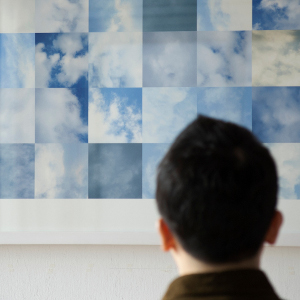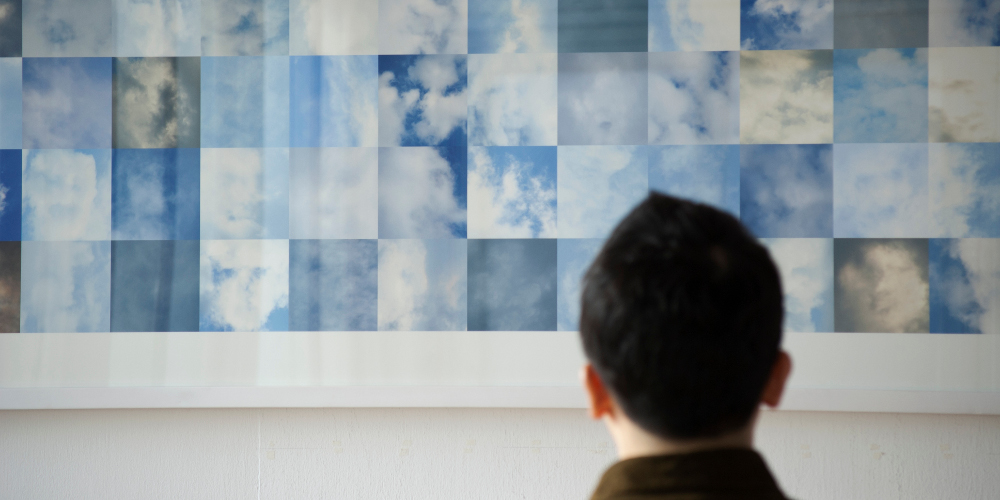
Computers that recognize faces in clouds, cat faces, which are perceived as human faces, mirrors in which you can’t take a look and much more will be presented by the Featured Artists Shinseungback Kimyonghun at the 2014 Ars Electronica Festival.
The two South Koreans Shin Seung Back and Kim Yong Hun will show 10 exemplary projects at the Ars Electronica Festival, where everything revolves around the question: “How does technology affect human lives?”
We talked to the two computer specialists about their exhibited projects and were able to learn more about the background of their work in which they try to understand the digital life and the essence of computers.
How and why did collaboration between you two emerge?
Kim Yong Hun: Seung Back as an engineer who was interested in creative works and me as an artist who wanted to explore technology, we met each other as we went to the same graduate school in the same year. We did various experiments together during the years and after finishing our Master’s studies, we discussed about working as a team. We thought that to understand this digital life, we need to understand the technology and humanity. Therefore our collaboration would be meaningful.
What are the main questions of your works?
Shin Seung Back: How does technology affect human lives? We explore this question focusing on computational imaging and vision technologies. More fundamentally, I am interested in the materiality of computer and Yong Hun thinks about human nature.
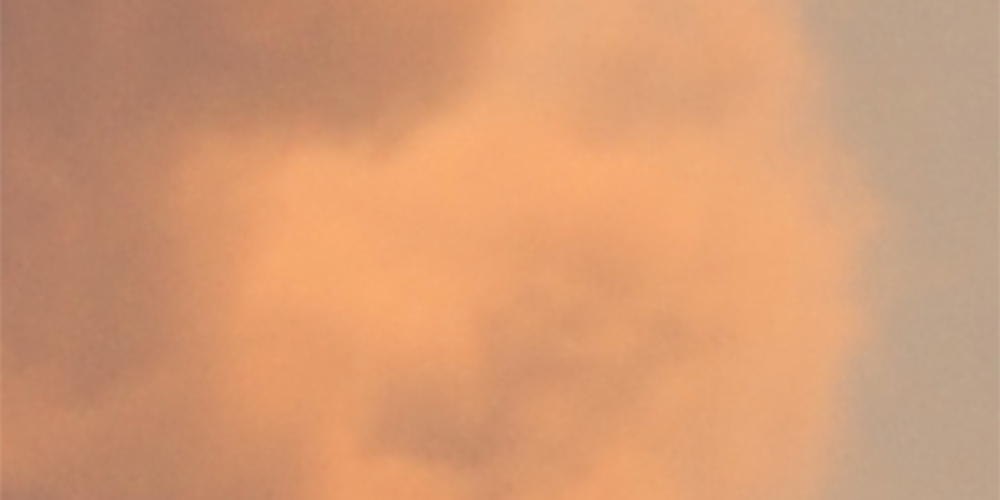
“Cloud Face” is a collection of cloud images that are recognized as human face by a face-detection algorithm. Does the computer support humans to see faces in the clouds?
Kim Yong Hun: This work is not to help people see faces in the clouds. The behaviour that people find faces in the clouds exists and the same occurs in computer vision. We tried to explore the relation between the two visions by representing and re-enacting the visual phenomena.
How similar are computer vision and human vision?
Kim Yong Hun: They have a lot in common. The theory of computation has been used in the process of studying human cognition, and physiological and neurological studies about human have affected the development of computer vision. However, computer vision may take completely different approaches in the future and as a result a shift in the concept of vision might arise.

In “Cat or Human” human faces are recognized as a cat face by a cat face-detection algorithm and vice versa. Are cats and human faces really so similar?
Shin Seung Back: Computer often mistakes one for another, and the similarities are visible to human eyes, too. We can just take it as a mere error resulted by the immaturity of the technology. However, the error can raise the question of how computer vision works, like illusions help us understand the mechanisms of human vision.
Which characteristics does it need that a human face and a cat face are detected?
Shin Seung Back: Computer vision can take many different strategies to detect a human face or a cat face. It considers for example skin texture, shape, mathematical features, etc. We don’t exactly know what characteristics to use in order to perfectly detect faces. Likewise, we think we know everything about face but it is an abstract concept. If we try to describe it clearly it becomes a particular face, and if we define it broadly it includes non-faces.
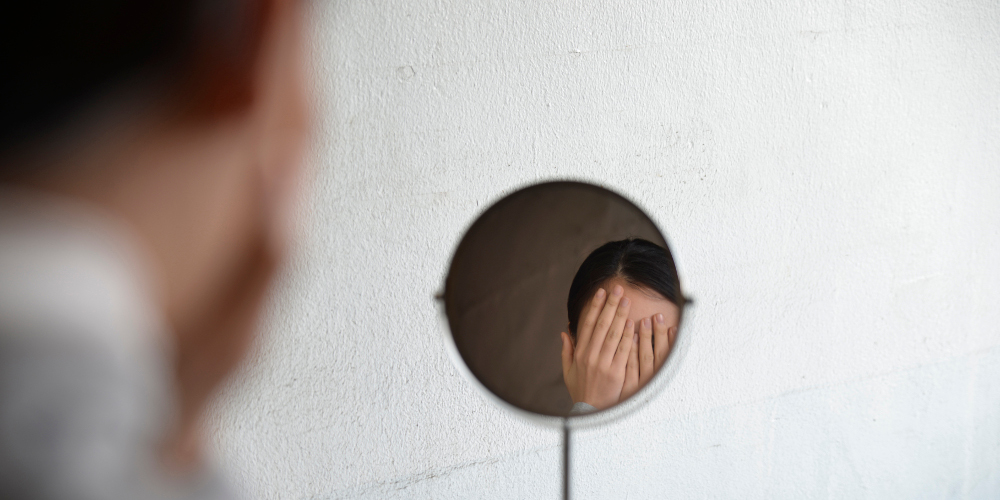
The “Nonfacial Mirror” avoids faces. One can look at his or her face in the mirror only when it’s a nonface. Why does the mirror avoid faces? Doesn’t this contradict the purpose of a mirror?
Kim Yong Hun: Yes, it is contradictory that a facial mirror avoids faces, which is supposed to reflect faces. However, the role of the mirror is given by humans and it may have nothing to do with its reason for existence. This kind of contradiction can happen when technology starts to question the meaning of its own existence.
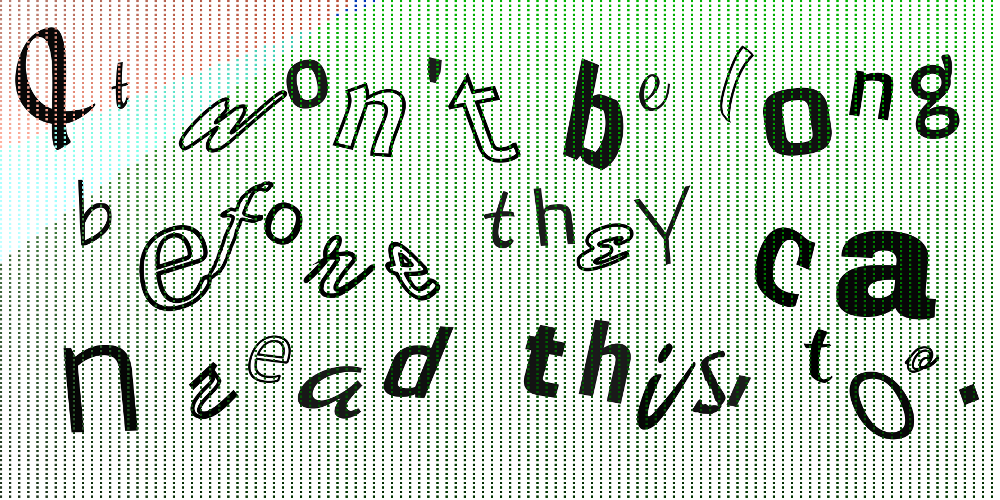
CAPTCHA has originally been developed to distinguish computers from humans. It asks the user to type text from a distorted image. “CAPTCHA Tweet” is an application that users can post tweets as CAPTCHA. Since computers can hardly read it, humans can communicate behind their sight. CAPTCHA cannot be deciphered by the computers’ eyes. So,how important is secret communication between humans in today’s time?
Kim Yong Hun: We think it is important that our communication stays within the intended group and that CAPTCHA can be used for the purpose. But we think it’s more important that CAPTCHA is less effective as before. It is a sort of defence system that we use to block computers in some parts of our lives. It picks out computers by requiring them to complete a task which only humans can, but the test becomes weaker and weaker as computer vision develops. This implies that one of the things that can be done only by humans is disappearing. If this continues, what would we have as essential human qualities? Is it necessary for us to keep the qualities? These are the questions we want to raise through this project.

“FADTCHA” (FAce Detection Turing test to tell Computers and Humans Apart) presumes a reverse situation. It requires a user to find a face in an image, which is visible only to computers. This test can pick out non-computers. Why can’t people see the faces in the images? What do you think is different to “Cloud Face”?
Shin Seung Back: Cloud Face and FADTCHA both deal with the relation between human vision and computer vision. The works include non-faces that computer sees as a face. Among many false positives, for Cloud Face, we intentionally selected the ones which would look like a face to human as well. It was to explore the common area of the two visions. And for FADTHCA, we chose the images in which we could not find a face. So the faces in FADTCHA are visible only to computers and it can be used as a test to sort out humans.

Portrait is a series of portraits representing an identity of a movie. A custom software detects faces from every frame of a movie, and creates an average face of all found faces. Does it work with every movie?
Kim Yong Hun: Yes, but only some of them are ‘photogenic’.
Can you see which film genre it was because of the portrait?
Kim Yong Hun: We may be able to see the general mood of the movies from the portraits but it would be difficult to guess its genre if you don’t know the movie. This project deals with how computer vision can help us see things from different perspectives. But the different view does not always mean a clearer one.
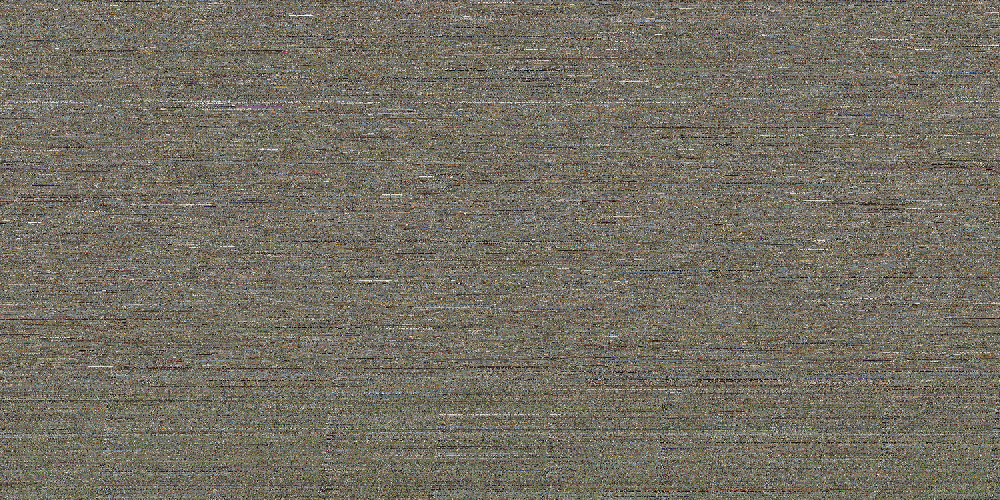
A Million Seasons is an attempt to describe images of four seasons with a million photos each. A million Flickr photos tagged ‘spring’ are collected, and each photo is turned into one pixel with an average color. The one million pixels from one million photos compose an image of Spring. The images of the rest of the seasons are created the same way. Have you imagined the images like this?
Kim Yong Hun: Yes. Although each of the photos about a season is different, they all share the nature of the season. We thought a collection of the massive amount of the photos would show the collective imagery of the season.
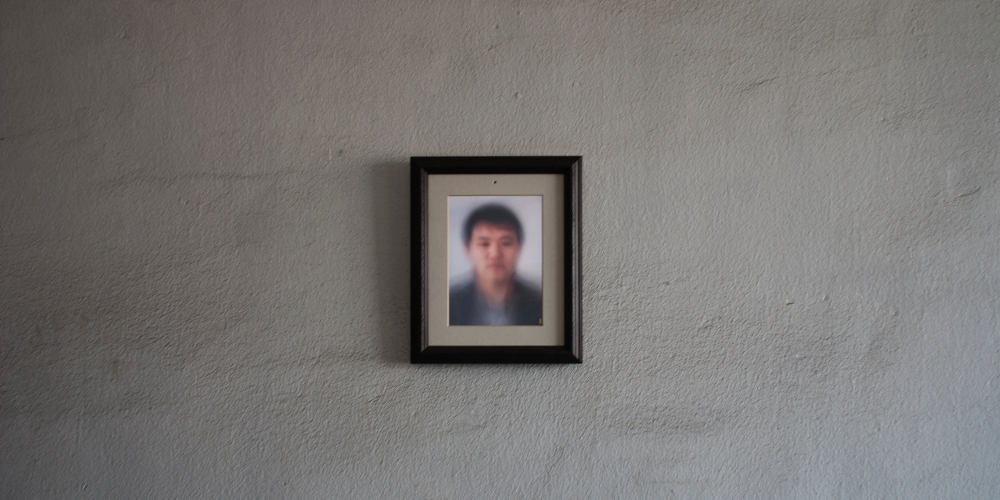
“Memory” recognizes human faces, and superimposes them endlessly. The face in the frame is an average face of all the faces it has seen. This is a history of the frame itself and of the people who have viewed the frame. How important is history in an exhibition?
Shin Seung Back: Every moment of our lives lies upon the past, so we can say history is always important. What we are interested in the work is that an artwork can make its own history in relation to the viewers in exhibitions and the history becomes the work itself.
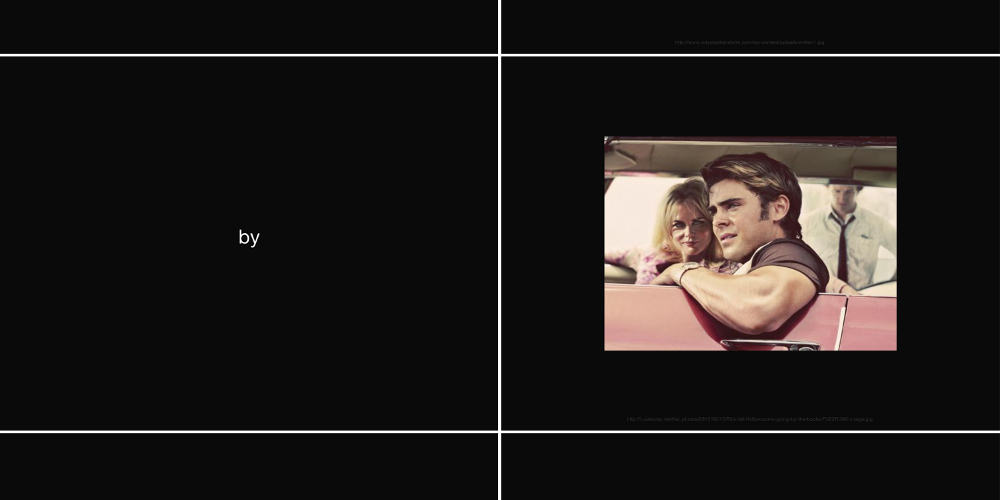
The God’s Script displays a sequence of words in the novel The Writing of the God by Jorge Luis Borges followed by each word’s first google image search result updated in real-time. Why did you decide to take the excerpt from “The God’s Script”?
Shin Seung Back: This work deals with the relation between words and the Google’s image search result of these words. In the novel, the pattern of the jaguar hides a message written by a god. For some reason, an analogy between Google algorithm presenting an image responding to a word and a god engraving his words in the jaguar’s skin was imagined. Above all, Yong Hun likes the writer, Borges.
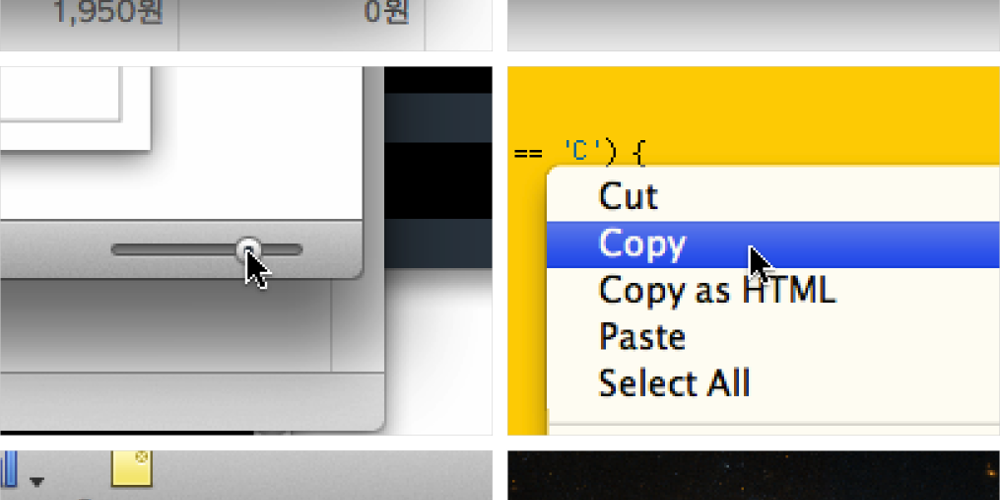
A Mouse click symbolizes a special moment in time we spend with computers. In “Click” a day of our computer mediated life has been recorded by capturing a screen shot of a desktop every time a clicke was done. Why is a mouse click such a special moment in time we spend with computers?
Shin Seung Back: A mouse click is important because we explore our computer mediated life by repeating it to trigger particular actions. We thought recording the repetitive behaviour can show an aspect of the life. In the same manner, one may try to record a specific eye movement or body gesture.
If you want to get an idea of this extraordinary work itself you can do that at the 2014 Ars Electronca Festival, from 4 to 8 September. The projects of Shinseungback Kimyonghun can be seen at Ars Electronica Center, in conjunction with the exhibition “Out of Control”, at Arkade, at Barschneiderei and in conjunction with the exhibition of the Future Innovators Summit at Akademisches Gymnasium Linz. More information: https://ars.electronica.art/c/en/featured-artists/
